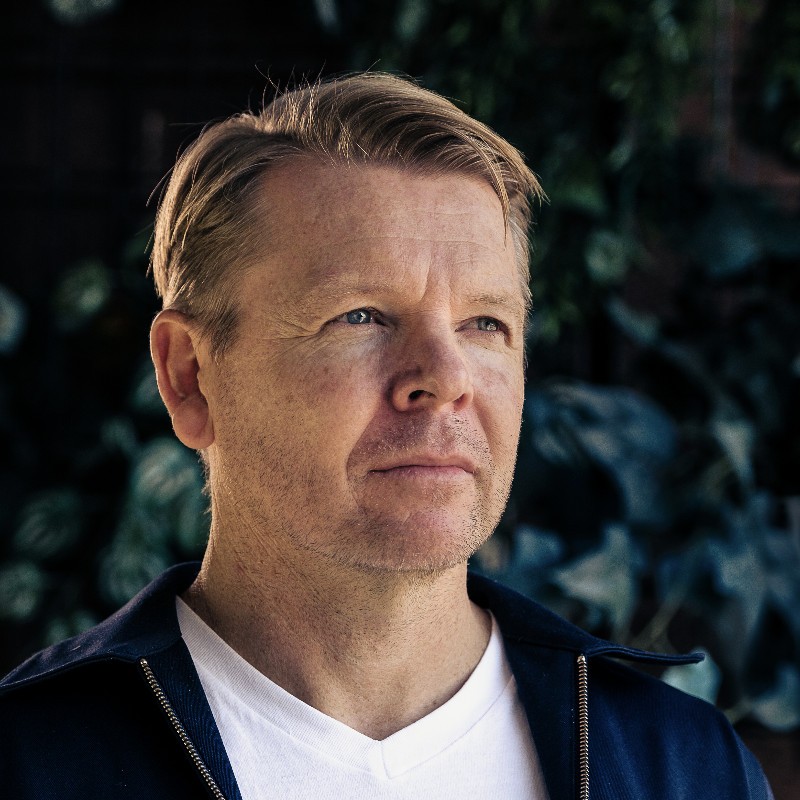For freelancers (and the creative managers who hire them), the here-to-stay world of remote work has shown there's a fine art to maintaining the appropriate level of remoteness.
In the role of Executive Creative Director at Splendid Group, I've been working with an ever-expanding roster of freelance creative talent from all parts of the globe. With each new project and working arrangement, I've noticed some creatives have adapted to remote better than others and a new set of behaviours and responsibilities is emerging among great remote collaborators.
Even among seasoned industry veterans, there can be a misconception that being fully independent and autonomous is the way to reassure an agency or client that you can be trusted to work remotely.
‘A safe pair of hands', ‘We know what we're doing' and ‘Don't worry, I've done plenty of these before' are meant to signify that constant oversight and micromanagement are not required. Press button, receive work.
It's time to swing the pendulum back the other way.
I recommend avoiding assumptions and investing the time to work together on setting up the project properly in the first place. Sure, you can produce the work in isolation (and many creatives like to disappear down the rabbit hole once they are in flow), but it's far better to collaborate on the thinking, upfront and in detail, before accelerating off in the wrong direction.
Want to move up from freelancer to trusted creative partner, working independently yet collaboratively on important projects, with talented teams across different time zones?
Here are 6 questions to ask early and often.
Question 1: Can I just repeat your order?
It's hospitality 101 to play back the order to catch any mishearing, misinterpretation, transcription error or just a simple brain fade. (Zoom fatigue is real and getting worse). Explaining the brief back to the team in your own words is a failsafe way to check that the information has passed from the client or agency to you, the creator, clearly and correctly.
Especially when we're often dealing with terms as vague as ‘simple mockup', ‘basic structure' or ‘copy outline only'. Save yourself from having to quote Princess Bride at the pointy end of the timeline.
Question 2: You want it when?
Ask for specifics on timings. Look, you should be getting this from the agency anyway, but perhaps the rubbery timings are the Account Management's way of being polite/considerate/accommodating. When they say Tuesday, do they mean in the inbox by 9 am, by noon, by EOD or midnight GMT? All are technically Tuesday, but not all are useful. Prod the project managers you're working with to find out what the real deadline is, so you're not unknowingly blowing it on the team's behalf.
Question 3: Can I get the background?
A plate of rice is a little dull when you're in a nice restaurant. It's heaven-sent when you're on a desert island. Context is everything. Again, a good agency should give you the bigger picture when you take the brief, but as things get faster and remote-er, these are the things that can fall by the wayside.
Push your way back into the tent and ask about the larger objective, the competitive landscape or even the agency-client relationship. Anything that helps you understand where the piece you're working on sits in the grand scheme of things. I love it when my team ask ‘why?'.
Question 4: Should we join the search?
Especially if it's content, you need to know how the piece you're creating fits into the keyword strategy. Yes, it's helpful for the campaign, but it's also good insurance for you (particularly for writers and content creators). A poorly-keyworded piece of content will undoubtedly perform worse than a similar piece that's optimised. When it comes time to do a campaign review, you don't want your work to be identified as an underperformer, simply because SEO was overlooked.
Question 5: Would you like fries with that?
Never miss an opportunity to show what you're made of. Offer some options. Even just a couple of different headline and subhead combos. Or some suggestions for imagery. Uncover some stats or research from published (and quotable) sources. Provide an extension idea in another media or format. If it's good, we'll do our hardest to sell it, then come back to you to create and deliver it.
Question 6: Is anyone going to tidy this place up?
Build in a little time to do your own QC on your work. Run spellcheck and Grammarly over the copy. Check whether your audience is expecting US, UK or Australian English. Write the meta descriptions and H tags. Cite your info sources (and provide links in the footnote). Tag image sources and indicate the expected rights usage. (Pro tip: don't include images you know the client can neither obtain nor afford.)
When using found or ‘scrap art' for mood boards or concepts, check that the competitor's products or logos aren't featured. I tend to call it ‘the knucklehead stuff' because of how it makes the team feel when we discover one of these little landmines right on the deadline.
Some parts of remote work are easier, some take a little more effort.
Splendid Group has been 100% remote since its inception some 8 years ago. It's an operating mode that obviously paid off during the pandemic, but also serves as a more future-focussed and sustainable agency model for the longer term.
The freelance, remote, virtual and digital talent that myself and the team like creating with tend to demonstrate a higher order of ‘Remote Thinking' by:
- Playing back the instructions
- Agreeing on very specific timings
- Asking for context (then using it)
- Taking search into consideration
- Offering useful options
- Making sure there are no loose ends
Add these steps to your briefing checklist and you'll find yourself collaborating, creating and delivering like a remote creative natural.
Latest.

Temp-to-perm is the best way to hire today.
Hiring Insights

How to keep top talent: Strategies for successful onboarding
Hiring Insights, Ask Aquent, Training Resources

AI and the job search: What’s changed and how to come out on top
Technology, Job Seeker, Industry Trends



